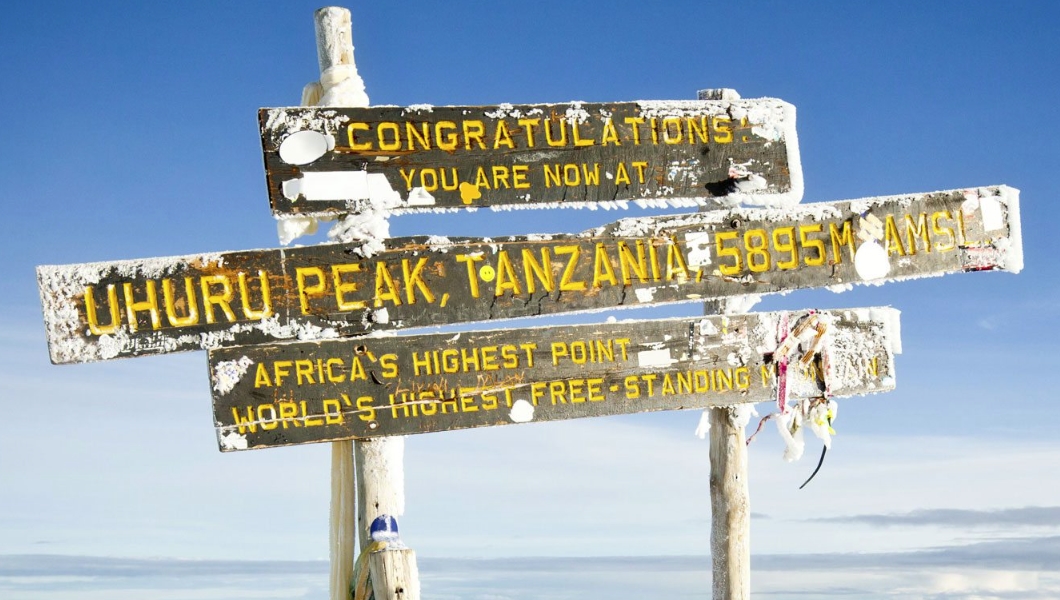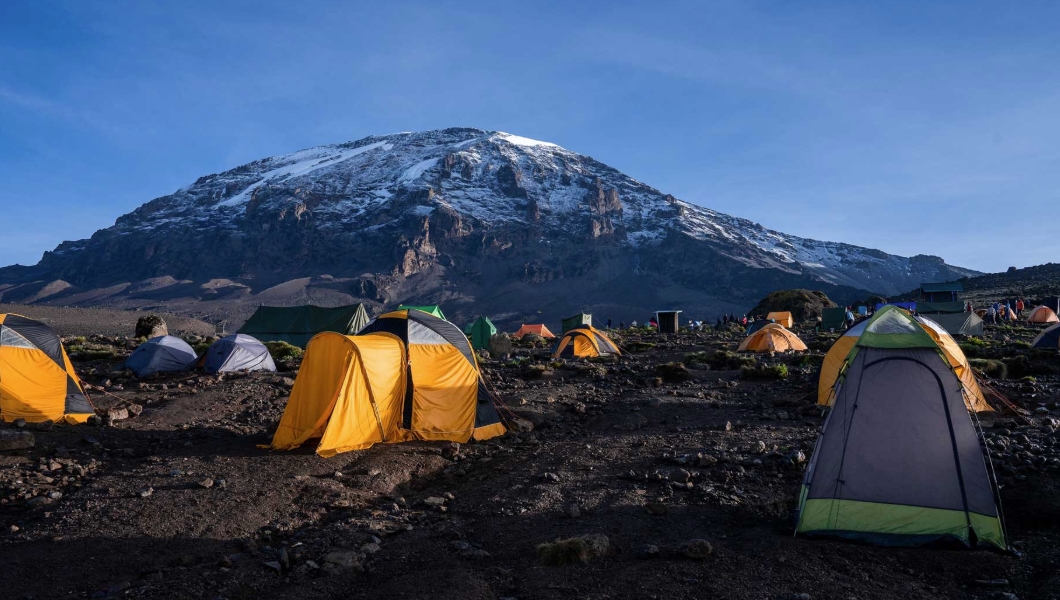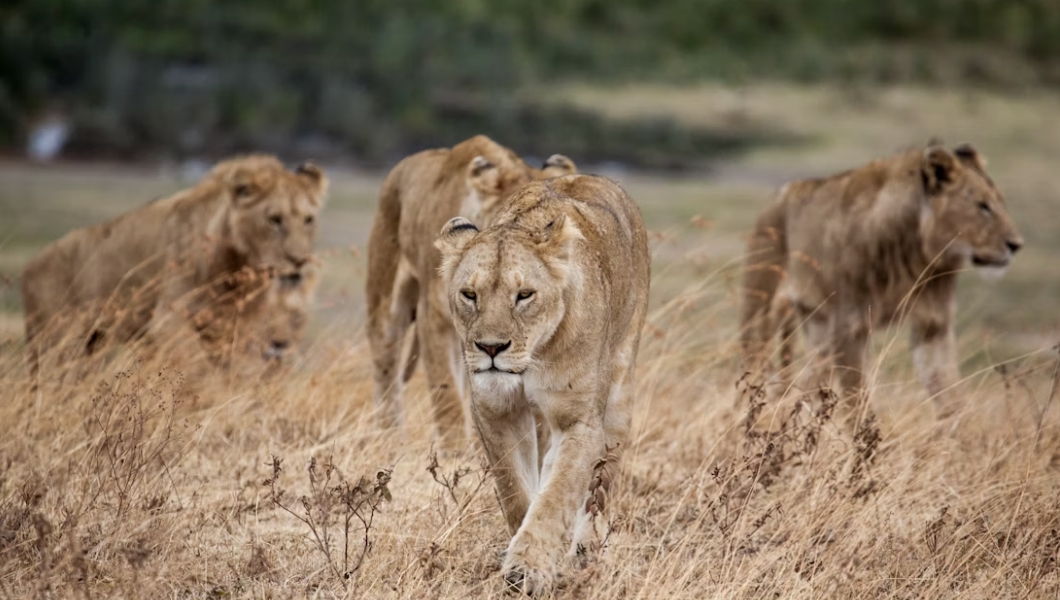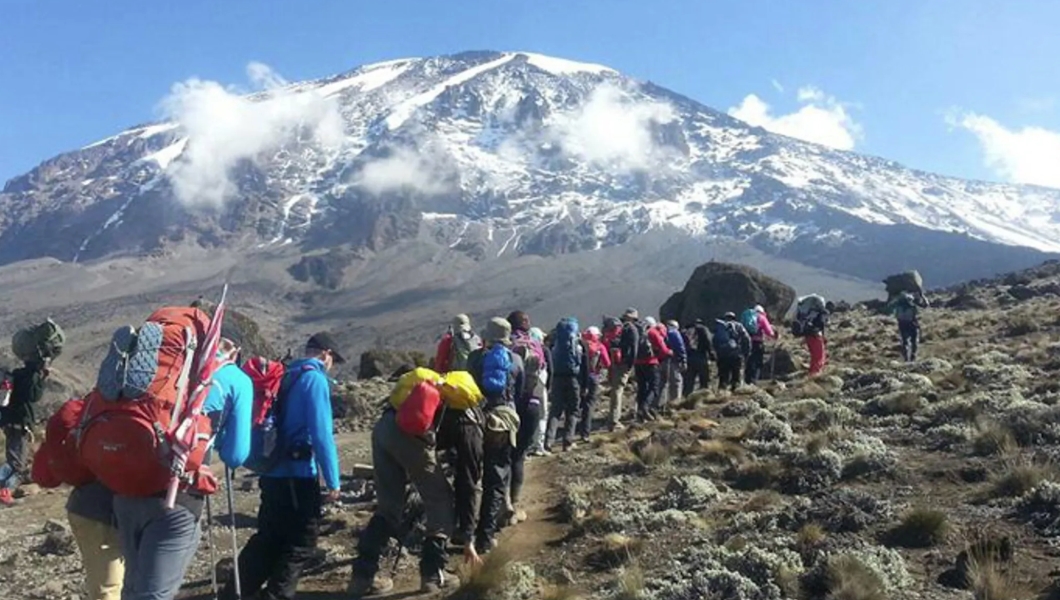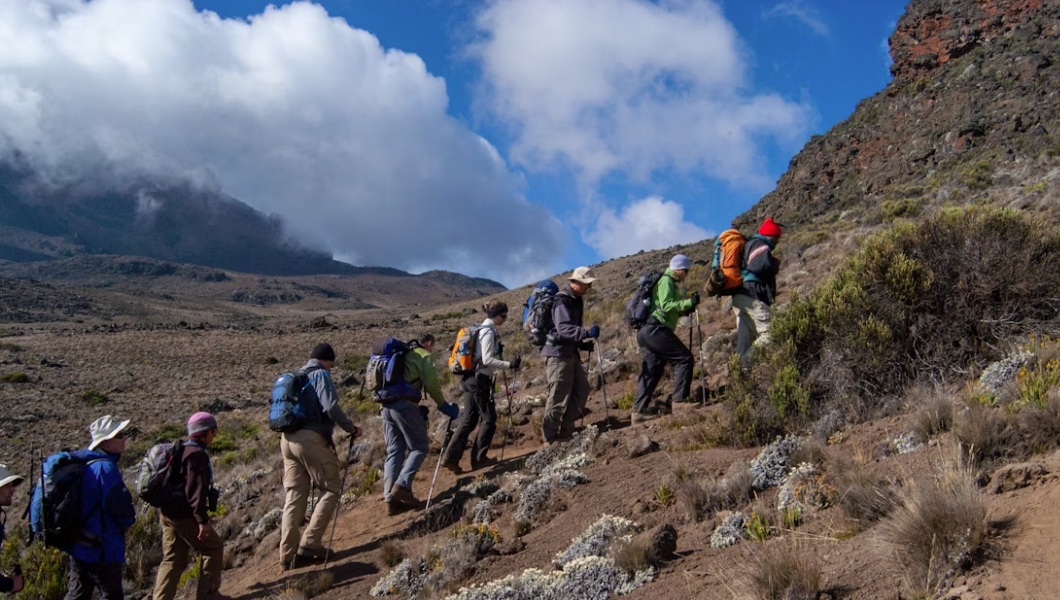
Exploring Kilimanjaro National Park & Its Park Entrance Fees
Exploring Kilimanjaro National Park & Its Park Entrance Fees. Kilimanjaro National Park is one of Tanzania’s most popular destinations for hiking and adventure lovers. Many travelers come here to climb Mount Kilimanjaro — the tallest mountain in Africa and the world’s highest freestanding peak. It provides one of the most incredible and rewarding hiking adventures in Tanzania
Travelers from across the globe are attracted to this widely recognized mountain. A hike here is more than just a challenge; it’s a journey filled with amazing views and unforgettable moments. Most travelers choose Kilimanjaro National Park because of the opportunity to hike to the summit, which provides a sense of achievement like no other.
Why Kilimanjaro Hiking Is Expensive
Climbing Mount Kilimanjaro comes with several costs. These fees help with the protection, upkeep, and safety of the national park. Like many other parks in Tanzania, Kilimanjaro National Park has extra charges that include entrance fees, camping fees, rescue charges, and guide payment fees. These fees also support conservation efforts and help manage the high number of visitors.
Tanzania is known to have higher park fees compared to many other African countries. These include extra protection fees, crater camp charges, porter wages, and hut accommodation costs.
Kilimanjaro Entrance Fees and Park Charges
Kilimanjaro National Park entrance fee, also called the conservation or protection fee, vary based on residency and age. Non-East African citizens over 16 years pay $70 per day, while children aged 5-15 years pay $20 per day. Residents over 16 years pay $35 per day, and children aged 5-15 years pay $10 per day. East African citizens pay 10,000 Tanzanian shillings for adults and 2,000 for children.
If you choose a seven-day hike using popular routes like the Machame or Lemosho trails, here you multiply according to age and nationality.
This cost covers your access to the park and contributes to maintaining the beauty and safety of the Kilimanjaro ecosystem. It’s important to understand that this fee does not include camping, guiding, or other related services.
Kilimanjaro Camping and Hut Fees
Most Kilimanjaro routes except the Marangu Route involve camping. That means hikers need to pay camping fees of USD 59 per person per night. If you’re planning a 9-day trek using the Northern Circuit Route, your camping fee will total USD 531 (59 x 9).
However, if you choose the Marangu Route, you will be accommodated in mountain huts rather than camping in tents. These huts cost USD 60 per person per night, so for a 5-day hike, you’ll pay around USD 300 in hut accommodation fees.
There’s also an option for those interested in sleeping at Crater Camp, one of the highest campsites near the summit. This experience comes with a USD 100 crater fee for one night.
Guide and Porter Charges
Hiring guides and porters is not optional it’s mandatory for anyone climbing Mount Kilimanjaro. Guides ensure safety and help navigate the trails, while porters carry supplies. On average, porter costs are about USD 2 per porter per day, though most tour operators bundle these charges into the full trekking package.
Rescue Fees and Safety Measures
Safety is a top priority on Kilimanjaro. In case of any emergencies during the hike, the national park offers rescue services. All trekkers must pay a rescue fee of USD 20. This fee helps cover costs in the event someone needs to be brought down from the mountain. Considering Kilimanjaro’s height nearly 6,000 meters above sea level this is a small price to pay for peace of mind.
Discounted Fees for Locals and Residents
The Tanzanian government encourages local tourism by offering reduced rates for Tanzanian citizens, East African residents, and children. These special rates aim to make Kilimanjaro more accessible to the local population and promote domestic tourism.
Beyond Hiking Other Park Experiences
Many tourists who visit Kilimanjaro also explore other parts of Tanzania during their trip. After completing the hike, some choose to go on day trips to Ngorongoro Crater or Lake Manyara National Park. Others opt for longer safaris that include places like the Serengeti or end their journey with relaxation on Zanzibar Island.
Combining your Kilimanjaro climb with a wildlife safari or beach holiday gives you the best of both wildlife and hiking adventure experiences and relaxation.
Plan Climbing Kilimanjaro with a Trusted Operator
Climbing Kilimanjaro requires planning and preparation. It’s best to work with a professional safari and hiking tour operator who understands the park fees, route choices, and safety measures. These experts can help you organize everything from booking the hike to arranging add-on safaris or beach vacations in Zanzibar Tanzania.
Although hiking Mount Kilimanjaro can seem expensive at first, the costs go toward preserving this incredible natural wildlife and supporting local communities. The park offers a well maintained environment, safe hiking conditions, and unforgettable views that make every dollar worth it.
By climbing Kilimanjaro, you’re not just reaching the summit of Africa you’re also supporting conservation and contributing to Tanzania’s tourism economy.
Key Kilimanjaro Fees at a Glance:
- Park Entry Fee: $70 per person, per day
- Camping Fee: $59 per person per night (applies to all routes except Marangu)
- Hut Accommodation Fee: $60 per person per night (available exclusively on the Marangu Route)
- Crater Camp Fee: USD 100 per night (optional)
- Rescue Fee: USD 20 per person
- Porter Fee: $2 per porter per day (usually included in tour packages)
When To Go Climb Mount Kilimanjaro
The best time to climb Mount Kilimanjaro is during the dry seasons: January to early March and June to October. These months offer clear skies, less rainfall, and safer hiking conditions.
Start Your Mount Kilimanjaro Hiking Adventure
If you’re looking for a once in a lifetime hiking challenge or a complete wildlife safari and beach package, Kilimanjaro National Park is a perfect starting point. With professional support, wonderful views, and a wide range of experiences, your Tanzanian adventure will be unforgettable.
To start planning your Mountain Kilimanjaro hiking and wildlife adventure safari, reach out to Aga Safaris a trusted tour operator in East Africa destinations.




